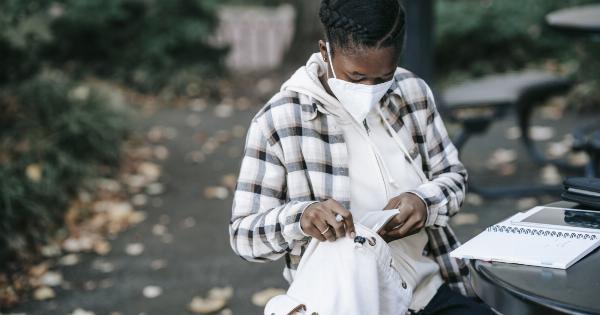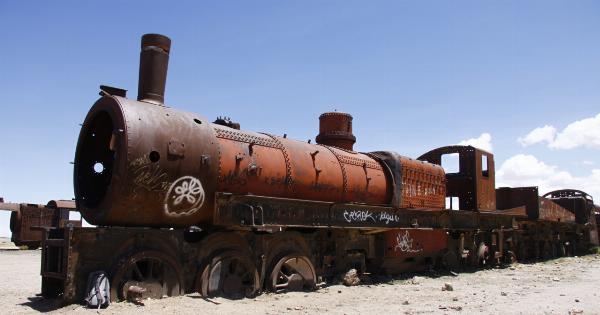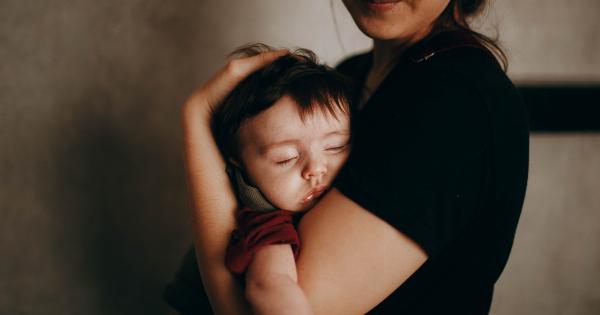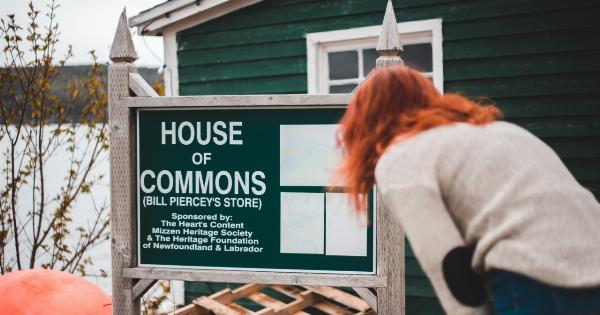It is an unfortunate reality that children are often the most vulnerable members of our society. They are easily exploited, and sexual assault is unfortunately more common than people may realize.
According to the Rape, Abuse & Incest National Network (RAINN), one in 9 girls and one in 53 boys under the age of 18 experience sexual assault or rape, and 93% of the perpetrators are known by the child. However, there is an even more surprising statistic that many may not be aware of – one in 30 children will encounter a rape experience at some point in their lives.
What is Rape?
Rape is defined as non-consensual sexual intercourse, and it can happen to both males and females of any age.
It is important to note that rape does not exclusively involve physical force; it can occur under circumstances where a person is unable to give consent. This includes situations where someone is under the influence of drugs or alcohol, passed out, or in a vulnerable mental state.
What are the Types of Rape?
There are different types of rape that children may unfortunately encounter. These include:.
: Acquaintance rape
This type of rape occurs when the perpetrator is someone the child knows or is acquainted with. This can include a family member, a friend, or a neighbor.
In these types of situations, children may unknowingly put themselves in vulnerable situations that make them susceptible to attack, such as accepting a ride home from someone they think they can trust.
: Stranger rape
Stranger rape is when the attacker is someone the child does not know. This type of rape can happen anywhere, at any time, and often occurs in situations where the child is alone, vulnerable, or isolated.
: Gang rape
Gang rape is when a group of people sexually assault the child. This can be a particularly harrowing experience for a child who is already in a vulnerable state.
The Impact of Rape on Children
Rape can have a profound and long-lasting impact on the mental and physical well-being of a child.
Children who are raped are more likely to develop depression, anxiety, and post-traumatic stress disorder (PTSD), and may experience difficulty sleeping and nightmares. They may also experience physical symptoms such as headaches, stomach aches, and other ailments.
Rape can also cause significant damage to a child’s sense of trust and safety. Children who are raped may experience feelings of shame, guilt, and anger.
The trauma of the experience can impact their ability to form healthy relationships and trust others throughout their lives.
What Can be Done to Prevent Rape?
Preventing rape is a complex issue that requires the involvement of parents, educators, law enforcement, and other members of the community. Some strategies that can help prevent rape include:.
: Teaching children about personal boundaries
Parents and educators should teach children about personal boundaries and how to assert them.
Children should be taught that no one has the right to touch them in a way that makes them uncomfortable, and they should be encouraged to speak up if someone violates their boundaries.
: Encouraging open communication
Parents and educators should create an atmosphere where children feel safe to discuss uncomfortable topics. This can help children develop the confidence and trust they need to seek help if they are ever in a dangerous situation.
: Implementing safety measures
Communities can implement safety measures that can help prevent sexual assault. These can include increased street lighting, security cameras, and safety apps that allow children to quickly contact emergency services if they feel threatened.
What to Do if a Child has been Raped?
If a child has been raped, it is important to act quickly and seek help. Parents should contact the police immediately and seek medical attention for the child.
They should also seek the help of a qualified mental health professional who can help the child cope with the trauma of the experience.
It is important to remember that rape is never the fault of the child. Parents and caregivers must support the child and provide a safe environment where they can heal.
Conclusion
The statistics regarding the prevalence of rape among children are alarming. However, it is important for parents and caregivers to remember that there are strategies that can help prevent sexual assault.
By teaching children about personal boundaries, encouraging open communication, and implementing safety measures, we can help protect our children from the trauma of rape.





























